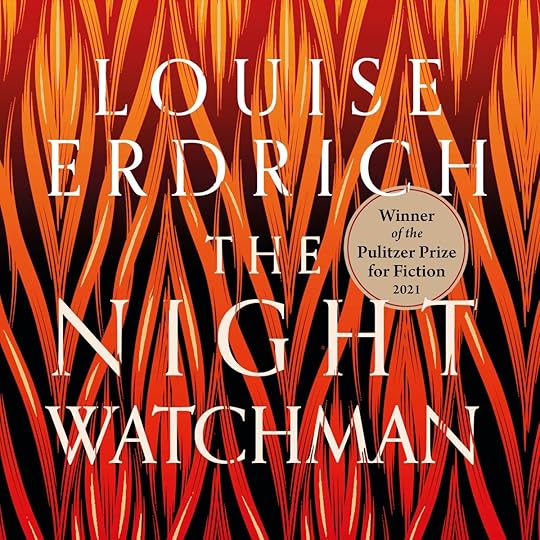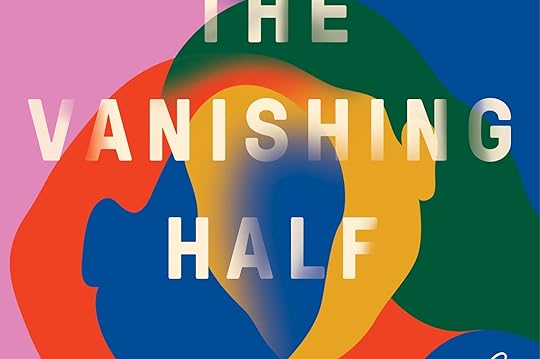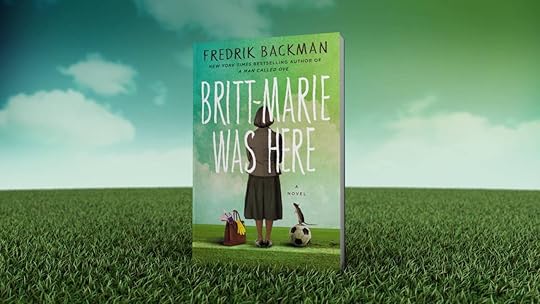7 Secrets to Realistic Dialogue.
Dialogue is the heartbeat of fiction. It brings characters to life, reveals their personalities, and drives the plot forward in ways that narration alone can’t.
But getting dialogue to sound real—like something people would actually say—can be one of the trickiest aspects of writing. The goal is to make your conversations feel alive and natural, not stiff or forced.
So, how do the masters do it?
Let’s dive into the magic of dialogue by exploring seven key techniques that can help make your characters’ conversations feel authentic, engaging, and full of depth.
7 Key Elements That Make Your Theme Unforgettable.
 #1 – Eavesdrop (Legally, Of Course).
#1 – Eavesdrop (Legally, Of Course).
Want to write dialogue that feels real? Start by listening to how people actually talk.
Conversations in the real world are messy and imperfect. They’re filled with interruptions, unfinished thoughts, and little quirks that make each exchange unique.
To capture this, take a moment to observe the way people speak around you—whether it’s in coffee shops, parks, or even your own home. Just don’t be creepy about it!
Real-life dialogue can be full of filler words like “um,” “like,” and “you know.” While they add to the flow of speech, they tend to bog down writing. Your job is to capture that natural rhythm while cutting out the fluff.
A fantastic example is Normal People by Sally Rooney. Rooney’s dialogue often feels like you’re overhearing a conversation—real, raw, and unpolished.
Take this exchange between Connell and Marianne:
“Do you ever think your life might be easier if you weren’t so smart?” Marianne asks.
“No.”
“I think it’s easier for me. I’m not as smart.”
He frowns. “Don’t say that.”
Notice how the conversation isn’t perfectly structured.
There’s a hesitancy, an awkwardness, that makes their relationship feel real. It’s imperfect, but it’s that imperfection that makes it so emotionally engaging.
 #2 – Give Each Character a Unique Voice (Nobody Likes Clones).
#2 – Give Each Character a Unique Voice (Nobody Likes Clones).
If all your characters sound the same, your dialogue will fall flat. People speak differently depending on their background, education, and personality.
A detective won’t talk like a teenager, and a college professor won’t sound like a bartender from Brooklyn (unless that’s their backstory, of course!). Paying attention to diction, rhythm, and tone helps distinguish one character’s voice from another.
Take The Help by Kathryn Stockett. The novel features a cast of characters from different social classes and backgrounds, and their speech patterns reflect that.
For instance, Aibileen, a Black maid in 1960s Mississippi, speaks in African American Vernacular English (AAVE):
“You is kind. You is smart. You is important.” This contrasts sharply with Skeeter, the white journalist:
“I want to write something that means something. Something that tells the truth.”
The difference in speech between these two characters speaks volumes about their upbringing and their worlds. The unique voices highlight their contrasting backgrounds and deepen the novel’s themes of race and identity.
By giving each character their own voice, you create more distinct personalities and make the dialogue more dynamic.
A good way to do this is to think about how people speak in real life. If your character comes from a rural background, their speech might be more straightforward or include regionalisms.
If they’re highly educated, they might use more formal language or have a more measured rhythm.

#3 – Master the Art of Subtext (What’s Left Unsaid Matters).
One of the most powerful techniques in writing dialogue is subtext—the underlying meaning or tension beneath the words.
People often don’t say exactly what they mean, especially in high-stakes or emotionally charged situations. The best dialogue reveals what characters are really feeling or thinking, even when they’re not saying it outright.
For example, in The Night Watchman by Louise Erdrich, a conversation about love is laced with subtext. Notice how this exchange leaves more unsaid than said:
“You gonna come back?” she asked, trying to sound casual.
He shrugged. “Maybe. Depends.”
“Depends on what?”
“On things.”
There’s a tension here, but it’s not explicitly laid out. The characters’ reluctance to fully address their feelings makes the conversation feel more genuine.
The subtext in dialogue works to build intrigue and give readers a deeper understanding of the characters’ emotional states. What they don’t say often speaks louder than what they do.
 #4 – Ditch the Perfect Speech (Nobody Talks Like Shakespeare).
#4 – Ditch the Perfect Speech (Nobody Talks Like Shakespeare).
Real conversations are messy. People stammer, interrupt each other, use slang, and sometimes even forget what they were saying mid-sentence.
Dialogue that’s too polished often comes off as unnatural. If every sentence is perfect, it might start to feel like a monologue rather than a conversation.
In Where the Crawdads Sing by Delia Owens, the characters speak in ways that reflect their backgrounds. Kya, who grows up isolated in the marshes, has a more raw, unpolished way of speaking.
For example:
“You still got some learnin’ to do, Miss Marsh Girl.”
“I know how to read people better than you.”
“Maybe so. But there’s more to life than what you see in people.”
The slight roughness in Kya’s speech feels authentic to her character, someone who’s self-taught and protective of her emotions. Tate’s dialogue, on the other hand, is more measured, reflecting his different upbringing. The contrast between their speech patterns brings their personalities to life.

#5 – Read Your Dialogue Aloud (Yes, Even the Awkward Parts).
Here’s a little secret: dialogue that looks fine on the page can sound horrible when read aloud.
If something feels off in your dialogue, reading it aloud will help you spot the problem. Your ear will catch what your eyes miss, like sentences that are too long or awkward phrasing. It also helps you pay attention to pacing and rhythm.
For example, in Daisy Jones & The Six by Taylor Jenkins Reid, the dialogue is crafted to feel like a real conversation—quick, sharp, and sometimes stilted. The novel is told through interview transcripts, so the dialogue is fragmented and often interrupted:
“I wasn’t in love with Billy Dunne. I wasn’t. But he had this way of looking at me that made me forget that.”
“She says that now. But back then? She was always watching me.”
This dialogue feels like a real conversation—imperfect, sometimes choppy, but full of emotion and tension.
Reading your dialogue out loud lets you check for clunky lines.
If you trip over a sentence or notice that a character sounds way too formal or robotic, it’s time to revise. Better yet, act out the scene with a friend or even your dog (if they’re patient).
The goal is to make the conversation sound like something a real person would say.

#6 – Use Dialogue to Reveal Character, Not Just to Dump Information.
Have you ever read dialogue that feels like it’s just information being dumped on the page?
We’ve all seen those awkward conversations where characters explain things they already know for the reader’s benefit.
(Think of a spy movie where two agents remind each other of their entire mission before jumping out of a plane.)
Great dialogue, however, isn’t about delivering backstory. It’s about revealing who the characters are through what they say—and, just as importantly, what they don’t say.
In The Vanishing Half by Britt Bennett, the dialogue between Desiree and Stella—twin sisters with radically different life paths—reveals more about their identities than a monologue ever could:
“You ever think about going back?” Desiree asked.
Stella blinked. “Going back where?”
“You know where.”
“I have a life here, Desiree. A family.”
Here, we learn everything we need to know about Stella’s emotional state—her hesitance, her defensiveness—without her ever explicitly saying, “I’m conflicted about my past.”
This is the power of subtext: it reveals more about a character’s inner life than mere exposition ever could.
When writing dialogue, ask yourself: how is this conversation revealing something about the character?
What can the reader infer about their personality, their motivations, or their emotional state based on the way they speak?
 #7 – Balance Dialogue with Action and Description
#7 – Balance Dialogue with Action and Description
Finally, dialogue doesn’t exist in a vacuum. People don’t just stand still and talk.
They move, fidget, react to their surroundings, and communicate through body language as well as words.
To make your dialogue feel truly alive, incorporate physical actions and environmental details into the conversation.
In Britt-Marie Was Here by Fredrik Backman, the protagonist, Britt-Marie, often uses physical actions to help convey her emotions.
In one scene, when asked about love, she responds:
“Britt-Marie, have you ever been in love?”
She hesitates. “Certainly not.”
“Not even Kent?”
She straightens her cutlery. “I don’t see how that is relevant.”
The action of straightening the cutlery adds depth to her response. It shows that Britt-Marie is avoiding the emotional question, retreating into the comfort of her obsessive need for control.
Without that physical detail, the exchange would lose its emotional weight.
When writing dialogue, don’t forget to let your characters interact with their environment. Let the setting influence their tone, add action beats, or use body language to communicate what words can’t.
This will make your dialogue feel more immersive and dynamic.
In Conclusion – Authentic dialogue isn’t about copying real-life conversations word-for-word—it’s about capturing the essence of how people talk while keeping it engaging and purposeful.
By eavesdropping on real speech, giving each character a unique voice, using subtext, avoiding overly perfect lines, and balancing dialogue with action, you’ll be able to create conversations that feel alive on the page.
So, the next time you sit down to write dialogue, think about the rhythms of actual speech, the nuances that make each character distinct, and how their words reveal more than just information.
Remember – dialogue isn’t just about what characters say—it’s about what they’re trying to communicate underneath the surface. The more you tap into this, the more your conversations will come to life.
Happy writing!
Now it’s YOUR turn – What’s your favorite example of realistic dialogue in a book or movie?
Would love to get your input in the comment box below.
The post 7 Secrets to Realistic Dialogue. appeared first on Vered Neta.



